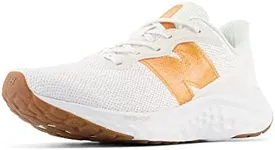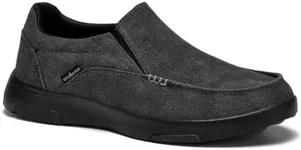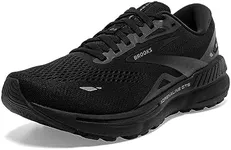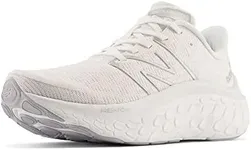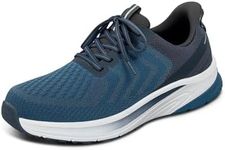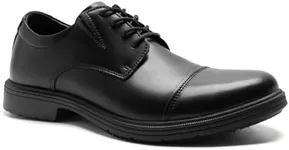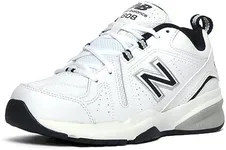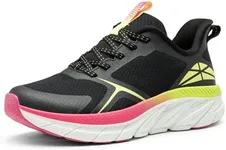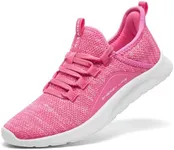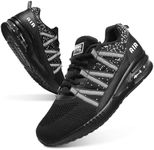Buying Guide for the Best Shoes Plantar Fasciitis
When shopping for shoes to help with plantar fasciitis, it's important to focus on features that provide support, cushioning, and stability. Plantar fasciitis is a condition that causes pain in the heel and bottom of the foot, so the right shoes can make a significant difference in managing discomfort and promoting healing. Here are the key specifications to consider when choosing the best shoes for plantar fasciitis.Arch SupportArch support is crucial for distributing pressure evenly across your feet and reducing strain on the plantar fascia. Shoes with good arch support help maintain the natural alignment of your foot. Look for shoes that offer firm support in the arch area. If you have high arches, you may need more pronounced support, while those with flat feet might benefit from moderate arch support.
CushioningCushioning helps absorb shock and reduce the impact on your feet, which is essential for alleviating pain from plantar fasciitis. Shoes with ample cushioning in the heel and forefoot areas can provide the comfort you need. If you experience severe pain, opt for shoes with extra cushioning. For mild discomfort, standard cushioning may suffice.
Heel SupportHeel support is important for stabilizing the foot and reducing pressure on the plantar fascia. A firm heel counter (the part of the shoe that wraps around the back of the heel) can provide the necessary support. Look for shoes with a sturdy heel counter that doesn't collapse easily. This is particularly important if you have a tendency to overpronate (roll your foot inward) or supinate (roll your foot outward).
Shoe FitA proper fit ensures that your shoes provide the right support and comfort. Shoes that are too tight can exacerbate pain, while those that are too loose may not offer adequate support. Make sure there is enough room in the toe box to wiggle your toes, and that the shoe fits snugly around the midfoot and heel. Trying on shoes at the end of the day, when your feet are slightly swollen, can help you find the best fit.
Sole FlexibilityThe flexibility of the sole affects how your foot moves inside the shoe. Shoes with a flexible forefoot allow for natural movement, which can help reduce strain on the plantar fascia. However, the shoe should not be too flexible, as this can compromise support. Look for a balance where the shoe bends at the ball of the foot but remains firm in the midfoot area.
MaterialThe material of the shoe can impact breathability, durability, and comfort. Breathable materials like mesh can keep your feet cool and dry, while durable materials like leather can provide long-lasting support. Consider your lifestyle and preferences when choosing the material. If you need shoes for athletic activities, breathable and lightweight materials may be more suitable. For everyday wear, durability might be a higher priority.

